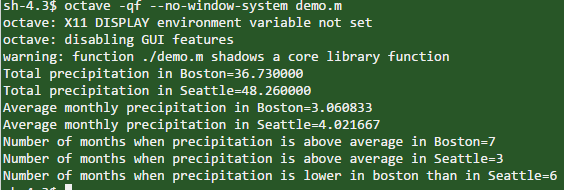Q: How do I store binary data in MySQL?
Solution:
The basic answer is in a
you should be aware that there are other binary data formats:
Each has their use cases. If it is a known (short) length (e.g. packed data) often times
For a table like this:
Solution:
The basic answer is in a
BLOB data type / attribute domain. BLOB is short for Binary Large Object and that column data type is specific for handling binary data.you should be aware that there are other binary data formats:
TINYBLOB/BLOB/MEDIUMBLOB/LONGBLOBVARBINARYBINARYEach has their use cases. If it is a known (short) length (e.g. packed data) often times
BINARY or VARBINARY will work. They have the added benefit of being able ton index on them.CREATE TABLE binary_data (
id INT(4) NOT NULL AUTO_INCREMENT PRIMARY KEY,
description CHAR(50),
bin_data LONGBLOB,
filename CHAR(50),
filesize CHAR(50),
filetype CHAR(50)
);